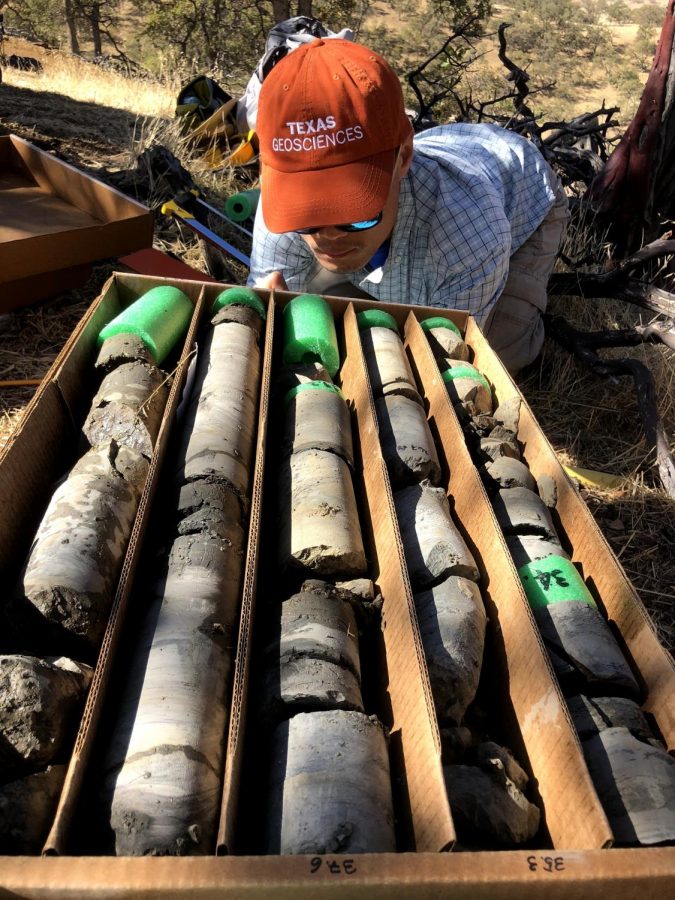How rocks store moisture could determine which areas are at higher risk of wildfires, UT-Austin scientists say
April 27, 2021
UT scientists analyzed how rock weathering and water storage patterns across landscapes can help predict wildfires, landslides and droughts, according to a study published in late March.
The team of scientists worked at a research site in Northern California in 2018 where they drilled 35 holes in the surrounding landscape to collect data. Daniella Rempe, geological sciences assistant professor, said the process revealed how much weathering and water storage took place in the various areas, so they could better predict the likelihood of natural disasters.
“This work could play a part in wildfire prediction in areas like parts of California that get particularly dry,” said Rachel Breunig, a geoscience graduate student at the University of Wisconsin-Madison who worked on the study. “Understanding where the water is, how that changes seasonally, and how much water is stored in the subsurface are likely important pieces in determining what areas are overly dry and susceptible to wildfire.”
Learning where hillslopes store their moisture can help find the areas most at risk of wildfires or droughts, according to Michelle Pedrazas, a groundwater modeler for INTERA Incorporated, a geoenvironmental engineering company.
“It percolates down to us as citizens of being aware when a drought is and when there’s not enough water in the weathered bedrock,” Pedrazas said. “The trees have a higher risk of drying up, and forest fires have a high occurrence of taking place.”
Researchers classified the weathering fronts — boundaries between unweathered and weathered rock — as either shallow or deep.
“We realized that the rock moisture that’s held in the weathered bedrock coincides with the shallow weathering front, which is characterized by crumbling,” Pedrazas said. “The deeper weathering front is characterized by more discrete structures, so there aren’t that many fractures.”
Mariel Nelson, a geological sciences graduate student, said the team even dealt with wildfires in the surrounding areas during the study.
“It was quite hazy, and it was definitely intense to work in those conditions,” Nelson said. “But it also underscored the importance in these landscapes that are very wet or very dry, how it’s important to understand where that weather is, and whether plants can use that water because it can have important implications for if they live or if they die.”



